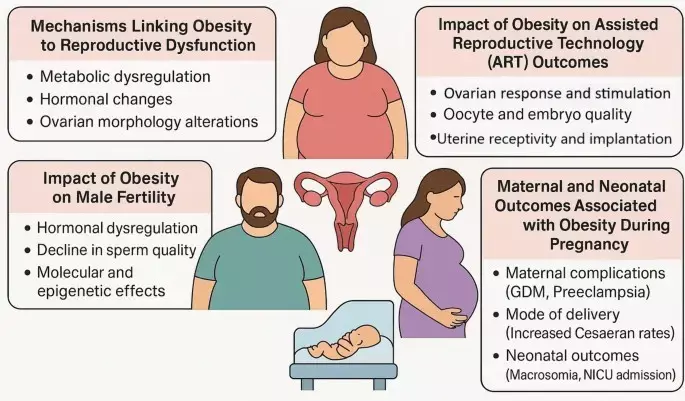- Home
- Medical news & Guidelines
- Anesthesiology
- Cardiology and CTVS
- Critical Care
- Dentistry
- Dermatology
- Diabetes and Endocrinology
- ENT
- Gastroenterology
- Medicine
- Nephrology
- Neurology
- Obstretics-Gynaecology
- Oncology
- Ophthalmology
- Orthopaedics
- Pediatrics-Neonatology
- Psychiatry
- Pulmonology
- Radiology
- Surgery
- Urology
- Laboratory Medicine
- Diet
- Nursing
- Paramedical
- Physiotherapy
- Health news
- Fact Check
- Bone Health Fact Check
- Brain Health Fact Check
- Cancer Related Fact Check
- Child Care Fact Check
- Dental and oral health fact check
- Diabetes and metabolic health fact check
- Diet and Nutrition Fact Check
- Eye and ENT Care Fact Check
- Fitness fact check
- Gut health fact check
- Heart health fact check
- Kidney health fact check
- Medical education fact check
- Men's health fact check
- Respiratory fact check
- Skin and hair care fact check
- Vaccine and Immunization fact check
- Women's health fact check
- AYUSH
- State News
- Andaman and Nicobar Islands
- Andhra Pradesh
- Arunachal Pradesh
- Assam
- Bihar
- Chandigarh
- Chattisgarh
- Dadra and Nagar Haveli
- Daman and Diu
- Delhi
- Goa
- Gujarat
- Haryana
- Himachal Pradesh
- Jammu & Kashmir
- Jharkhand
- Karnataka
- Kerala
- Ladakh
- Lakshadweep
- Madhya Pradesh
- Maharashtra
- Manipur
- Meghalaya
- Mizoram
- Nagaland
- Odisha
- Puducherry
- Punjab
- Rajasthan
- Sikkim
- Tamil Nadu
- Telangana
- Tripura
- Uttar Pradesh
- Uttrakhand
- West Bengal
- Medical Education
- Industry
Oocyte Retrieval Appears Safe for Patients with Higher BMI, Study Finds

According to a study published in Fertility and Sterility, patients with a BMI of 45 or higher had similar assisted reproductive technology (ART) outcomes compared to those with a BMI between 40 and 44.9. These findings suggest that oocyte retrieval can be safely performed in patients with higher BMI levels.
A study was done to compare anesthesia and assisted reproductive technology (ART) outcomes in patients with a body mass index (BMI) of 40–44.9 kg/m2 with those with a BMI of ≥45 kg/m2 because these patients are often excluded from care.
All patients with a BMI of ≥40 kg/m2 undergoing oocyte retrieval for ART from January 2018 to 2023 from one academic fertility clinic and one private fertility clinic. The primary outcome was anesthesia complications at the time of retrieval. Demographic data, cycle specific information, medical comorbidities, BMI at retrieval, length of oocyte retrieval, ART and anesthesia complications, laboratory data, and pregnancy rates were recorded.
Results: A total of 98 patients with a BMI of ≥40 kg/m2 undergoing oocyte retrieval were identified for the study: 56 patients with a BMI from 40 to 44.9 kg/m2 and 42 patients with a BMI of ≥45 kg/m2. Demographics were not statistically significantly different between both groups, except that more patients with a BMI of 40–44.9 kg/m2 identified as White (73% vs. 60%) or Black (9% vs. 0). All patients were successfully managed with intravenous sedation and did not require higher level of sedation or care. The mean surgical duration was longer in patients with a BMI of ≥45 kg/m2 than in those with a BMI of 40–44.9 kg/m2 (26.8 minutes [standard deviation, 13 minutes] vs. 22.3 minutes [standard deviation, 8.4 minutes]). Most patients (93%) did not experience any anesthesia complication. The only adverse anesthesia complication in both groups was oxygen desaturation of <90%, which did not differ by cohort even when adjusting for age.
There was no difference in the number of mature oocytes retrieved, day 5/6 blastocysts, the number of euploid embryos, or clinical pregnancy, miscarriage, or live birth rates. Body mass index is commonly used as a threshold for access to ART. When using intravenous sedation, patients with a BMI of ≥45 kg/m2 have similar ART outcomes with few anesthesia or ART complications compared with those with a BMI of 40–44.9 kg/m2. With appropriate counseling and preoperative preparation, patients with a BMI of ≥45 kg/m2 can safely undergo oocyte retrieval.
Reference:
Luck M, Rubin E, Garg B, et al. Patients with a body mass index ≥45 kg/m2 can safely undergo oocyte retrievals and anticipate similar assisted reproductive technology outcomes. Fertil Steril. Published online April 19, 2025. doi:10.1016/j.fertnstert.2025.04.014
Dr. Shravani Dali has completed her BDS from Pravara institute of medical sciences, loni. Following which she extensively worked in the healthcare sector for 2+ years. She has been actively involved in writing blogs in field of health and wellness. Currently she is pursuing her Masters of public health-health administration from Tata institute of social sciences. She can be contacted at editorial@medicaldialogues.in.
Dr Kamal Kant Kohli-MBBS, DTCD- a chest specialist with more than 30 years of practice and a flair for writing clinical articles, Dr Kamal Kant Kohli joined Medical Dialogues as a Chief Editor of Medical News. Besides writing articles, as an editor, he proofreads and verifies all the medical content published on Medical Dialogues including those coming from journals, studies,medical conferences,guidelines etc. Email: drkohli@medicaldialogues.in. Contact no. 011-43720751


